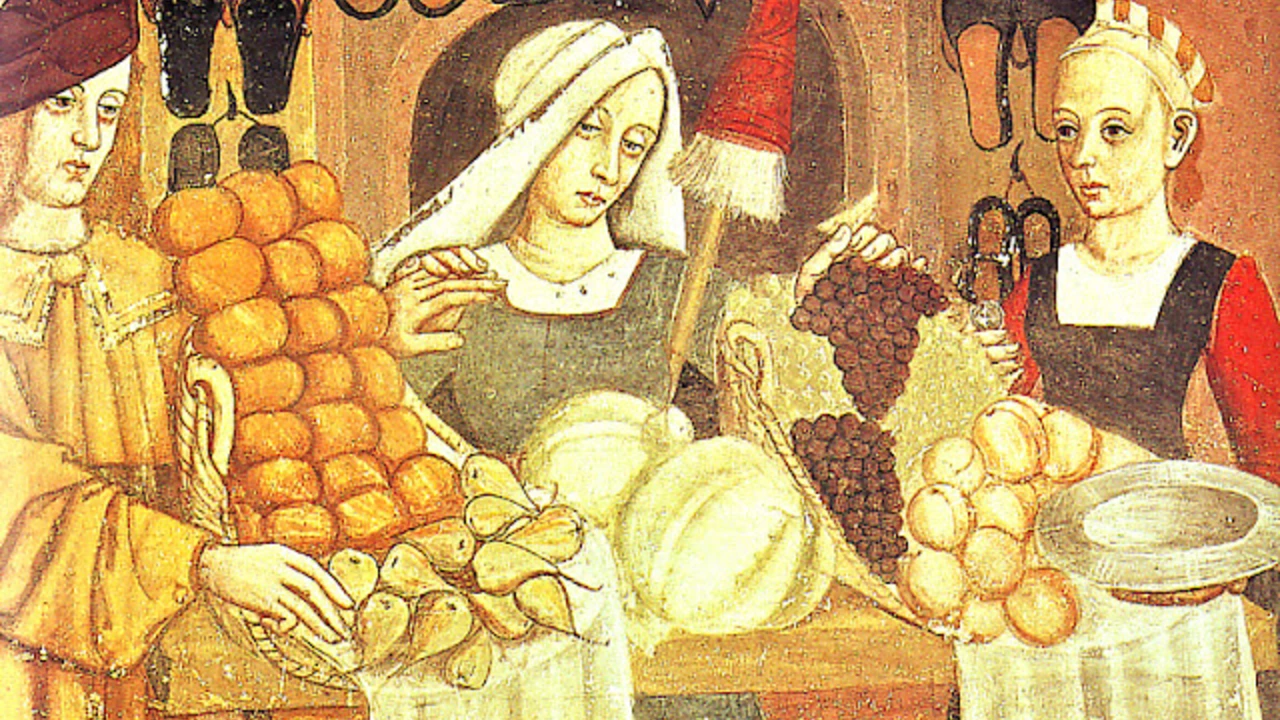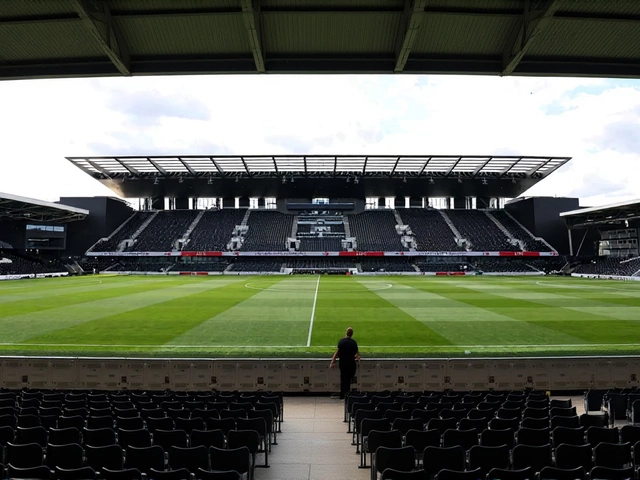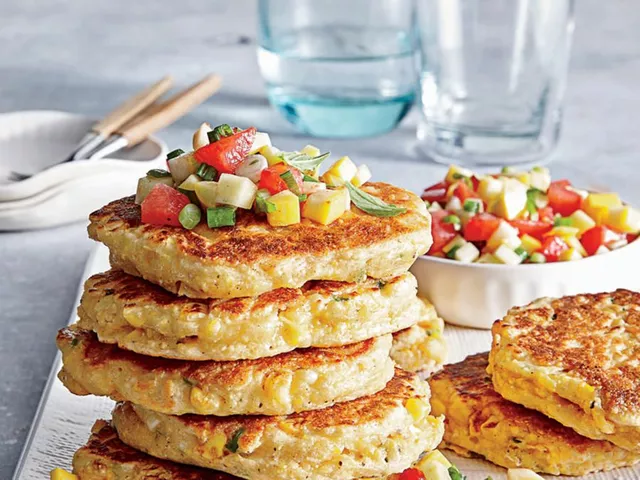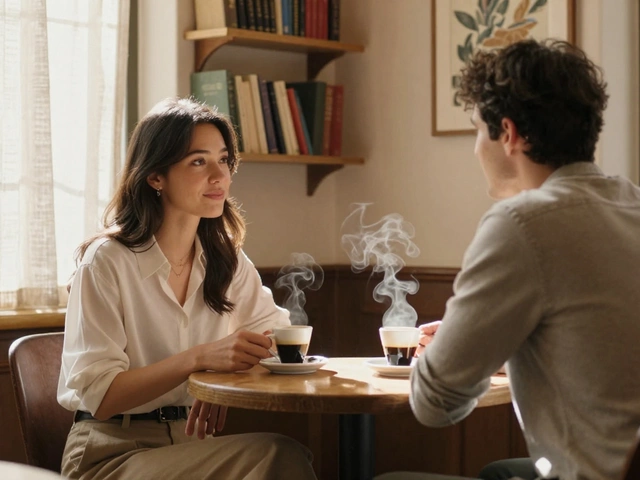Introduction: The Culinary Journey Back in Time
As a food enthusiast and a history buff, I've always been curious about the foods our ancestors consumed. This curiosity brought me to the intriguing world of Middle Ages food recipes. The Middle Ages, also known as the medieval period, lasted from the 5th to the 15th century. It was a time of significant cultural and culinary evolution. The food recipes from this era are not just about sustenance; they are a testament to the creativity, resourcefulness, and resilience of the people who lived during these times. Let's dig into some authentic Middle Ages food recipes that have survived the test of time and are still relished today.
Understanding the Medieval Diet
Before we delve into the recipes, let's first understand the diet of the Middle Ages. The diet during this era was surprisingly varied and nutritious. They consumed a lot of bread, cheese, fruits, vegetables, and meats. The type of food people ate largely depended on their social status. While the rich indulged in lavish banquets, common folks survived on simpler fare. Food was also heavily influenced by the Church's regulations, which mandated fasting on certain days. These dietary restrictions led to the creation of many innovative and hearty dishes.
Medieval Bread: The Staple of Every Meal
One of the most common foods during the Middle Ages was bread. It was the staple of every meal and was made in a variety of ways. The most common type of bread was the trencher, a thick slice of stale bread used as a plate. After the meal, the trencher, soaked with gravy or stew, was either eaten by the diner or given to the poor. Other types of bread included manchet, a high-quality wheat bread enjoyed by the rich, and rye or barley bread, commonly consumed by the lower classes.
Medieval Pottage: A Hearty Stew for All
Pottage was another popular dish during the Middle Ages. This was a stew that contained meat, vegetables, or both. It was cooked over a fire for several hours until all the ingredients were well blended. Pottage was a versatile dish that could be adapted to the ingredients available and the dietary needs of the day. Despite its simplicity, pottage was a nutritious dish that provided the necessary sustenance for hardworking medieval folks.
Roasted Meats and Poultry: A Feast for the Nobles
Meat and poultry were popular among the nobles and were often roasted to perfection. They enjoyed a variety of meats, including beef, venison, pork, and mutton. Poultry like chickens, ducks, and geese were also a part of their diet. These meats were often seasoned with exotic spices and served with rich sauces, reflecting the wealth and extravagance of the nobles. However, these dishes were a luxury that the common folks could rarely afford.
Medieval Desserts: A Sweet End to the Meal
Even in the Middle Ages, meals were often concluded with a sweet treat. However, sugar was a luxury item, so most desserts were sweetened with honey. Fruits, nuts, and cheese were commonly incorporated into these desserts. One popular dessert was the 'payn purdeuz', a type of bread pudding made with bread, milk, eggs, and honey. Another was 'sambocade', a cheesecake flavored with elderflowers. These desserts, despite their simplicity, were a delightful end to a meal.
Exploring the food of the Middle Ages not only gives us insight into the culinary practices of the time but also provides a deeper understanding of the social and cultural aspects of the era. While some of these recipes may seem strange or unappetizing to our modern palate, they are a testament to our ancestors' resourcefulness and creativity. So, why not give these recipes a try? You might just discover a new favorite!






